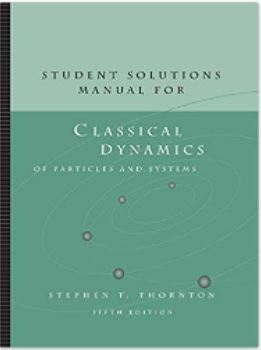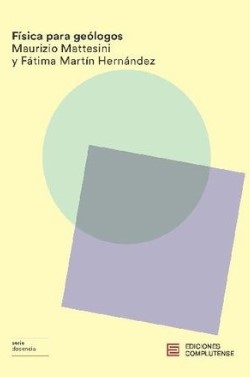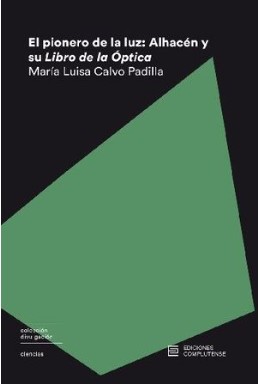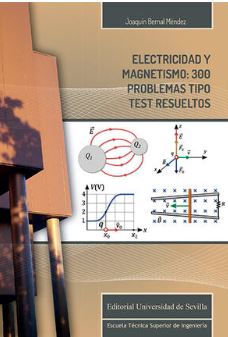
JOHN DAVID JACKSON: A COURSE IN QUANTUM MECHANICS
$ 1,919.04 MXN
Tema: |
FISICA |
ISBN: |
9781119880387 |
Autor: |
JOHN DAVID JACKSON |
Editorial: |
JOHN WILEY & SONS |
Edición |
1° edición |
Año: |
2024 |
Sinposis
"Unique graduate-level textbook on quantum mechanics by John David Jackson, author of the renowned Classical ElectrodynamicsWave mechanics of de Broglie and Schrödinger, the Klein-Gordon equation and its non-relativistic approximation, free particle probability current, expectation values.Schrödinger equation in momentum space, spread in time of a free-particle wave packet, density matrix, Sturm-Liouville eigenvalue problem.WKB formula for bound states, example of WKB with a power law potential, normalization of WKB bound state wave functions, barrier penetration with WKB.Rotations and angular momentum, representations, Wigner d-functions, addition of angular momenta, the Wigner-Eckart theorem.Time-independent perturbation theory, Stark, Zeeman, Paschen-Back effects, time-dependent perturbation theory, Fermi's Golden Rule.Atomic structure, helium, multiplet structure, Russell-Saunders coupling, spin-orbit interaction, Thomas-Fermi model, Hartree-Fock approximation.Scattering amplitude, Born approximation, allowing internal structure, inelastic scattering, optical theorem, validity criterion for the Born approximation, partial wave analysis, eikonal approximation, resonance.Semi-classical and quantum electromagnetism, Aharonov-Bohm effect, Lagrangian and Hamiltonian formulations, gauge invariance, quantization of the electromagnetic field, coherent states.Emission and absorption of radiation, dipole transitions, selection rules, Weisskopf-Wigner treatment of line breadth and level shift, Lamb shift.Relativistic quantum mechanics, Klein-Gordon equation, Dirac equation, two-component reduction, hole theory, Foldy-Wouthuysen transformation, Lorentz covariance, discrete symmetries, non-relativistic and relativistic Compton scattering."








